Home>Articles>How Do Handrails On Stairs Help Keep You Safe?
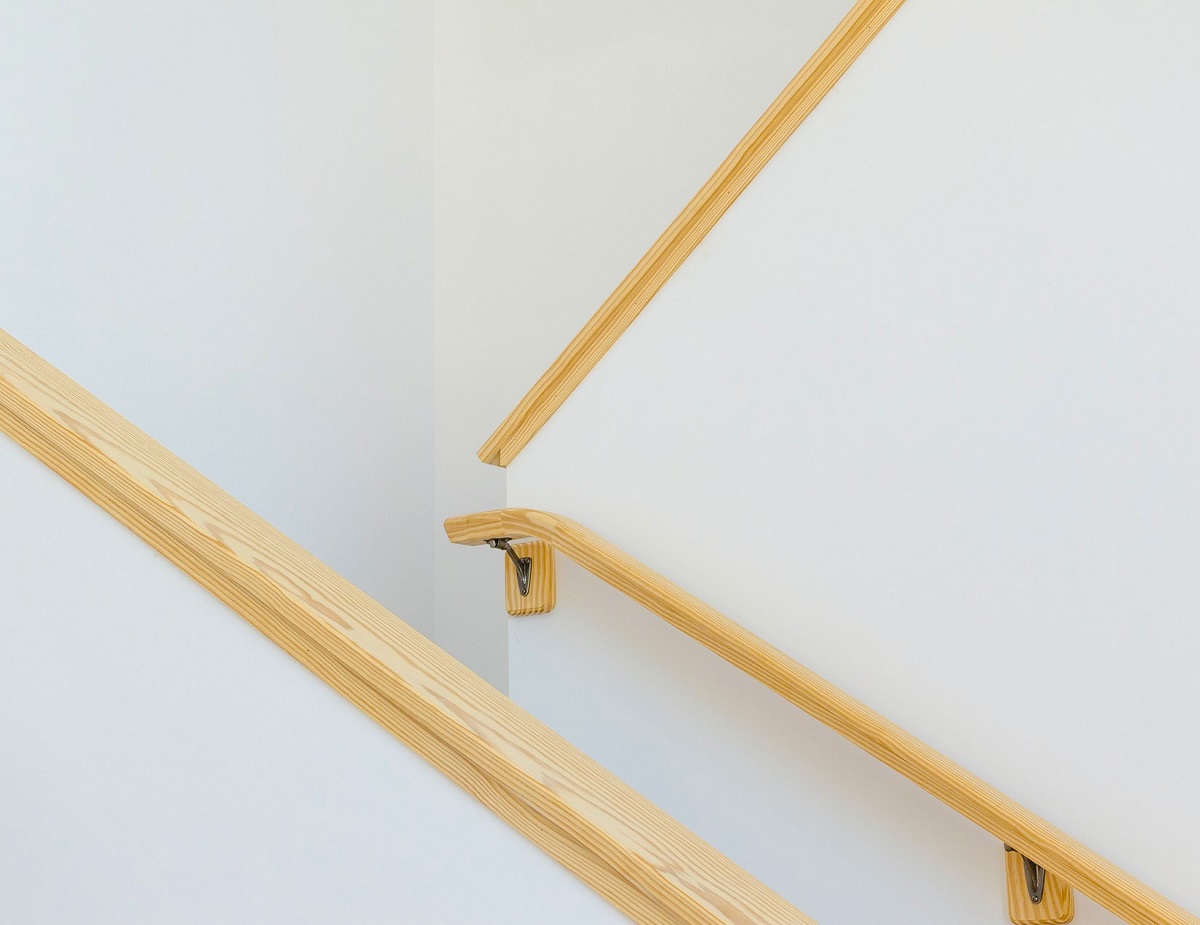

Articles
How Do Handrails On Stairs Help Keep You Safe?
Modified: December 7, 2023
Discover the importance of handrails on stairs for your safety. Read our informative articles on how handrails provide stability and prevent accidents.
(Many of the links in this article redirect to a specific reviewed product. Your purchase of these products through affiliate links helps to generate commission for Storables.com, at no extra cost. Learn more)
Introduction
In our everyday lives, we encounter stairs in various settings, such as in our homes, workplaces, schools, and public spaces. While climbing up and down stairs may seem like a routine activity, it can actually pose a potential risk for accidents and injuries. That is where handrails on stairs come into play. Handrails serve an essential purpose in helping to keep us safe by providing stability, support, and a sense of security.
Handrails on stairs are not just decorative additions; they serve a vital function in preventing slips, falls, and other accidents. They play a crucial role in enhancing the safety and accessibility of staircases, particularly for individuals with mobility issues or those who may have difficulty maintaining balance while climbing or descending stairs. In this article, we will dive deeper into the importance of handrails on stairs and explore how they contribute to our overall safety.
Key Takeaways:
- Handrails on stairs are crucial for enhancing stability, preventing slips and falls, and providing support for individuals with mobility issues. They contribute to a safer and more accessible environment for everyone.
- Compliance with safety regulations, proper installation, and regular maintenance are essential for ensuring the effectiveness and longevity of handrails. By prioritizing safety and functionality, we can create secure staircases for all individuals.
Read more: When Are Handrails Required On Stairs
The Importance of Handrails on Stairs
Handrails on stairs play a fundamental role in ensuring the safety of individuals using staircases. They provide several key benefits that contribute to a secure and stable climbing and descending experience. Let’s explore some of the reasons why handrails are so important:
- Enhancing Stability and Balance: One of the primary functions of handrails is to offer stability and support. By gripping the handrail while walking on stairs, individuals can maintain their balance and feel more secure. This is especially important for those who may have difficulty with balance or those carrying heavy objects.
- Providing Support for Climbing and Descending: Whether you are ascending or descending stairs, having a handrail to hold onto provides an extra point of support. The ability to grip the handrail helps to distribute the weight and reduce strain on the legs and joints, making the task of navigating stairs much easier and safer.
- Preventing Slips and Falls: Accidents on stairs can happen in an instant, leading to serious injuries. Handrails act as a vital safety measure by giving individuals something to hold onto in case of a slip or trip. By quickly grabbing the handrail, one can regain balance and potentially avoid a fall or minimize the impact of a fall.
- Assisting Individuals with Mobility Issues: For individuals with limited mobility, handrails are essential for their ability to safely navigate stairs. They provide extra support and stability, helping people with disabilities, older adults, or those recovering from injuries to confidently use the stairs and maintain their independence.
- Compliance with Safety Regulations: Handrails on stairs are not only crucial for safety but are also required by building codes and regulations. These regulations are in place to protect the well-being of individuals and ensure that staircases are designed with safety in mind. Compliance with these regulations helps to prevent accidents and potential legal issues.
Overall, handrails on stairs are vital for promoting safety, accessibility, and the well-being of individuals using staircases. The presence of handrails offers stability, support, and peace of mind, creating a safer environment for everyone.
Enhancing Stability and Balance
One of the primary reasons why handrails on stairs are crucial is because they enhance stability and balance. When ascending or descending stairs, it is essential to maintain a proper posture and evenly distribute your weight to avoid any potential accidents. By gripping the handrail, you can significantly improve your stability and balance.
Having a solid grip on the handrail allows you to steady yourself as you navigate each step. This extra point of contact gives you an increased sense of security and confidence, especially if you have difficulties with balance or are carrying heavy objects. By holding onto the handrail, you can distribute your weight more evenly, reducing strain on your legs and joints.
Furthermore, handrails provide an added layer of stability for individuals who may have conditions that affect their balance, such as the elderly or those with disabilities. These individuals may rely heavily on the handrail to provide support and help them maintain their equilibrium while moving up or down the stairs.
In situations where the stair tread or the individual’s footwear is slippery, the handrail becomes even more critical in preventing slips and falls. The ability to grip the handrail can help individuals maintain their footing and prevent any sudden loss of balance. It serves as a guiding support, offering a physical connection to the staircase that helps individuals feel more secure during their ascent or descent.
Whether you are simply using the stairs in your home or stepping onto a staircase in a public space, handrails play a vital role in enhancing stability and balance. By offering a secure area to grip and a stable point of support, handrails help to prevent accidents and instill confidence in individuals traversing staircases of all types.
Providing Support for Climbing and Descending
Handrails on stairs serve an important function by providing support to individuals while they are climbing or descending. When using stairs, whether it’s a short flight or a long set of steps, having a handrail to hold onto can make a significant difference in terms of safety and ease of movement.
As individuals climb stairs, they exert force on their legs and joints, and balancing their weight becomes crucial. A handrail offers an additional point of contact for individuals to lean on and push against, reducing strain on their legs and helping them maintain a steady pace. This extra support can be especially beneficial for those with mobility issues or physical limitations.
When descending stairs, individuals face the challenge of controlling their body’s momentum and preventing fast or uncontrolled movements. The presence of a handrail allows individuals to regulate their descent by gripping the rail and carefully controlling their weight distribution. This added support helps individuals maintain their balance and prevents them from taking large or unstable steps that could lead to a fall.
Moreover, handrails provide an essential point of stability for individuals who may feel unsteady or have difficulties with balance. By relying on the handrail, individuals can give themselves a sense of security and reassurance, enabling them to navigate stairs more confidently.
Handrails on stairs also offer support for individuals carrying heavy objects or pushing a stroller. In these situations, the added weight can make it more challenging to maintain balance and grip on the stairs. Holding onto a handrail allows individuals to distribute the weight more evenly and navigate the stairs with greater control.
Whether you are climbing or descending stairs, having a handrail provides crucial support, allowing you to exert less pressure on your legs and joints and maintain balance. It assists in preserving a controlled and stable movement pattern, ensuring a safer and more comfortable experience on the stairs.
Preventing Slips and Falls
One of the primary reasons why handrails on stairs are essential is their role in preventing slips and falls. Stairs can be inherently hazardous, with their uneven surfaces and potential for accidents. Handrails serve as a crucial safety measure, providing individuals with a secure grip and an extra level of stability.
Accidents on stairs can occur within a split second, and the consequences can be severe. However, having a handrail to hold onto can make a significant difference in preventing slips and falls. When individuals feel their footing becoming unsteady or if they stumble, the handrail offers a lifeline that they can quickly grab onto to regain balance and prevent a fall.
Handrails provide individuals with something to hold onto, offering a secure point of contact while ascending or descending stairs. The ability to grip the rail helps to distribute body weight more evenly and provides a solid anchor to help individuals maintain their balance.
Handrails also act as a guide, giving individuals a visual reference point to follow while navigating stairs. This visual aid can help individuals judge distances and ensure steady movements, reducing the risk of missteps that could lead to slips or falls.
Additionally, handrails are particularly crucial in situations where the stairs may be wet, slippery, or covered in icy conditions. Moisture, spills, or inclement weather can make stairs treacherous, but by tightly gripping the handrail, individuals can help prevent unwanted accidents by providing themselves with an extra level of support and stability.
Moreover, handrails can act as a barrier, preventing individuals from accidentally straying from the staircase or stepping too close to the edge. This added physical guidance can help individuals stay centered on the stairs and reduce the risk of stumbling or losing balance.
Overall, handrails play a vital role in preventing slips and falls on stairs. By providing individuals with a means to regain balance, offering stability and guidance, and acting as a barrier, handrails serve as a crucial safety feature that helps to maintain a secure environment on staircases.
Read more: How To Install Handrails On Stairs
Assisting Individuals with Mobility Issues
Handrails on stairs are particularly crucial for assisting individuals with mobility issues. For individuals with disabilities, older adults, or those recovering from injuries, navigating staircases can pose significant challenges. Handrails provide critical support and accessibility, allowing these individuals to safely and confidently use the stairs.
For individuals with limited mobility, handrails serve as a lifeline, offering an additional point of contact and stability as they ascend or descend stairs. By gripping the handrail, these individuals can rely on the support it provides to help maintain their balance, reduce strain on their muscles and joints, and safely move up or down the stairs.
Handrails also offer a sense of security to individuals with mobility issues. The ability to hold onto a sturdy handrail gives individuals the confidence to navigate stairs independently, without the fear of losing their balance or falling. This sense of empowerment is vital for their overall well-being and helps support their independence.
In addition to physical disabilities, handrails also benefit individuals with visual impairments. By providing a tactile guide along the stairs, individuals with visual impairments can use the handrail as a reference point to navigate the staircase safely. It offers them an essential tool for mapping out the steps and maintaining a steady rhythm while ascending or descending.
Handrails on stairs are not only helpful for those with permanent disabilities but also for individuals who may be temporarily limited in their mobility. For example, someone recovering from a surgery or injury may have reduced strength or difficulty maintaining balance. In such cases, handrails provide crucial support during the recovery period, allowing individuals to safely navigate the stairs throughout their rehabilitation process.
Ultimately, handrails play a vital role in assisting individuals with mobility issues. By offering support, stability, and a sense of security, handrails ensure that everyone, regardless of their physical abilities, can access and navigate staircases with confidence and independence.
Always use the handrail when going up or down stairs to maintain balance and prevent falls. It provides a stable support and can help you regain your balance if you stumble.
Compliance with Safety Regulations
Handrails on stairs are not only essential for safety purposes but are also required by building codes and safety regulations. These regulations are in place to ensure that staircases are designed and constructed with the utmost safety in mind. Compliance with these regulations is crucial to prevent accidents, protect individuals using the stairs, and avoid potential legal issues.
Building codes and safety regulations dictate specific requirements for handrails, including their height, spacing, and structural integrity. These regulations aim to ensure that handrails are sturdy enough to withstand the pressure and forces exerted on them and that they are positioned at the appropriate height to provide optimal support to individuals using the stairs.
By following these regulations, architects, contractors, and building owners can help create a safe environment for individuals to navigate staircases. The regulations also consider accessibility requirements, ensuring that handrails are accessible to individuals with disabilities and meet the necessary standards for inclusive design.
Compliance with safety regulations is crucial not only during the construction phase but also in maintaining the proper functionality of handrails over time. Regular inspections and maintenance of handrails ensure that they remain secure, free from damage, and capable of providing the necessary support to those using the stairs.
Failure to comply with these regulations can have severe consequences. Not only can it lead to accidents and injuries, but it can also result in legal liabilities and penalties. Non-compliance may expose building owners and operators to lawsuits, insurance claims, and damage to their reputation.
It is important for architects, contractors, building owners, and facility managers to work closely with building code officials to ensure that handrails are installed correctly and meet all relevant safety requirements. Regular inspections and maintenance should be conducted to identify any issues or damage to the handrails and promptly address them.
By complying with safety regulations, individuals can have peace of mind knowing that the staircases they are using are designed and maintained with their safety in mind. Handrails that adhere to these regulations contribute to the overall safety and well-being of all individuals using the stairs.
Different Types of Handrails
Handrails on stairs come in various designs and materials, each offering unique aesthetics and functionality. Understanding the different types of handrails can help individuals make informed decisions when installing or choosing handrails for staircases. Here are some of the most common types:
- Wooden Handrails: Wood is a popular choice for handrails due to its natural beauty and versatility. Wooden handrails can be crafted in various styles, from simple and traditional to ornate and decorative. They provide a warm and elegant touch to staircases and can be customized to match the surrounding decor.
- Metal Handrails: Metal handrails, such as wrought iron or stainless steel, are known for their durability and strength. They offer a sleek and modern look and are often used in contemporary or industrial-style staircases. Metal handrails can be customized with different finishes, textures, and designs to complement the overall aesthetic of the space.
- Glass Handrails: Glass handrails bring a contemporary and minimalist touch to staircases. They offer unobstructed views and create a sense of openness, making them particularly suitable for modern and high-end designs. Glass handrails are often paired with metal or wood for added support and style.
- Composite Handrails: Composite handrails are made from a combination of materials, such as vinyl, fiberglass, or plastic. They are highly durable, weather-resistant, and low-maintenance. Composite handrails come in various colors and textures, allowing individuals to choose a style that matches their preferences and the overall design of the space.
- Handrails with LED Lighting: For added functionality and aesthetics, handrails can incorporate LED lighting. These handrails not only provide support but also serve as a source of ambient lighting along the stairs. LED handrails enhance safety by illuminating the steps and making them more visible, especially in low-light or nighttime conditions.
When choosing a handrail for your staircase, consider factors such as the style of the space, maintenance requirements, durability, and, most importantly, ensuring that the handrail meets safety regulations. Consulting with professionals in the field can help you select the appropriate handrail that balances safety, functionality, and aesthetic appeal.
Materials Used for Handrails
Handrails on stairs are available in a wide range of materials, each offering unique characteristics in terms of aesthetics, durability, and maintenance requirements. The choice of material for handrails depends on factors such as the desired style, functionality, and budget. Here are some commonly used materials for handrails:
- Wood: Wood is a classic and timeless choice for handrails. It offers natural warmth and beauty and can be stained or painted to match the surrounding decor. Wood handrails can be crafted from various types of wood, such as oak, maple, or mahogany, each with its own unique grain pattern and strength.
- Metal: Metal handrails, including wrought iron, stainless steel, aluminum, or brass, are known for their durability and strength. Metal handrails can be shaped into intricate designs or have a sleek and modern appearance. They are resistant to wear and tear, making them suitable for high-traffic areas.
- Glass: Glass handrails offer a contemporary and minimalist look. They are often paired with metal or wood for structural support, allowing for an elegant and open design. Glass handrails are available in different thicknesses and can be clear, tinted, or frosted to provide varying levels of privacy.
- Composite: Composite handrails are made from a combination of materials, such as vinyl, fiberglass, or plastic. They are known for their durability, low maintenance requirements, and resistance to rot and insects. Composite handrails come in various colors and textures, allowing for customization to match the overall style of the space.
- Stone or Concrete: In some cases, handrails can be crafted from stone or concrete, particularly in outdoor or architectural settings. These materials provide a sturdy and elegant look, often complementing the surrounding environment. Stone or concrete handrails can be customized with different textures and finishes.
When selecting the material for your handrails, consider factors such as the style and ambiance of the space, durability, maintenance requirements, and budget constraints. It is also important to ensure that the chosen material meets safety standards and regulations for handrails.
Consulting with professionals or design experts can help you make an informed decision based on your specific needs and preferences.
Read more: How To Make Handrails For Stairs
Proper Installation and Maintenance
Proper installation and maintenance of handrails are critical to ensure their functionality, longevity, and safety. Whether you are installing new handrails or maintaining existing ones, following best practices and regular upkeep is essential. Here are some guidelines for proper installation and maintenance:
Installation:
- Follow local building codes and safety regulations regarding handrail height, spacing, and structural requirements.
- Ensure that handrails are securely fastened to the wall or structural supports using appropriate hardware, such as screws or bolts.
- Consider engaging professionals, such as contractors or carpenters, for proper installation to ensure accuracy and safety.
- Double-check the alignment of the handrail to ensure it is parallel to the slope of the stairs and provides a comfortable grip for users.
- Test the stability of the handrail by applying pressure and verifying that it can support the weight and force exerted during regular use.
Maintenance:
- Regularly inspect handrails for any signs of damage, such as loose or broken sections, rust, or rot.
- Tighten any loose hardware and ensure that all fasteners are securely in place.
- Clean handrails regularly to remove dirt, dust, and grime that can accumulate over time. Use a mild detergent and a soft cloth or sponge for cleaning.
- For wooden handrails, consider applying a protective coating, such as varnish or paint, to preserve the wood and enhance its durability.
- Monitor the condition of any decorative elements, such as finials or caps, and repair or replace them as needed.
- Address any issues promptly, including repairing or replacing damaged handrails to prevent further deterioration or potential safety hazards.
It is also a good practice to periodically assess handrails for compliance with safety regulations and consider upgrades or modifications as needed. This can be done in consultation with professionals in the field or building code officials.
Remember, providing proper maintenance for handrails is not only important for their performance and functionality but also for the safety and well-being of those using staircases. Taking proactive steps to install and maintain handrails properly ensures their effectiveness and helps create a secure environment for everyone.
Conclusion
Handrails on stairs play a vital role in ensuring the safety and well-being of individuals as they navigate staircases. By providing stability, support, and a sense of security, handrails contribute significantly to preventing slips, falls, and accidents on stairs. They are particularly important for enhancing stability and balance, providing support for climbing and descending, assisting individuals with mobility issues, and complying with safety regulations.
Handrails offer individuals a firm grip and an extra point of contact, allowing them to maintain their balance, distribute their weight evenly, and safely maneuver staircases. They are especially valuable for individuals with mobility limitations, disabilities, or those recovering from injuries, providing them with the support and accessibility they need to confidently use the stairs.
Compliance with safety regulations ensures that handrails are installed correctly and meet the necessary standards for structural integrity and user safety. By adhering to these regulations, individuals can have peace of mind knowing that the staircases they encounter are designed and maintained with their safety in mind.
Choosing the right type of handrail material and following proper installation and maintenance practices are crucial for ensuring the functionality and longevity of handrails. Regular inspections, cleaning, and necessary repairs or replacements help to keep handrails in optimal condition, reducing the risk of accidents or deterioration over time.
In conclusion, handrails on stairs serve as an essential safety feature that should not be overlooked. They provide stability, support, and assistance to individuals of all abilities, enabling them to navigate staircases with confidence and peace of mind. By recognizing the importance of handrails and implementing proper installation and maintenance practices, we can create safer environments and promote accessibility for everyone.
Frequently Asked Questions about How Do Handrails On Stairs Help Keep You Safe?
Was this page helpful?
At Storables.com, we guarantee accurate and reliable information. Our content, validated by Expert Board Contributors, is crafted following stringent Editorial Policies. We're committed to providing you with well-researched, expert-backed insights for all your informational needs.
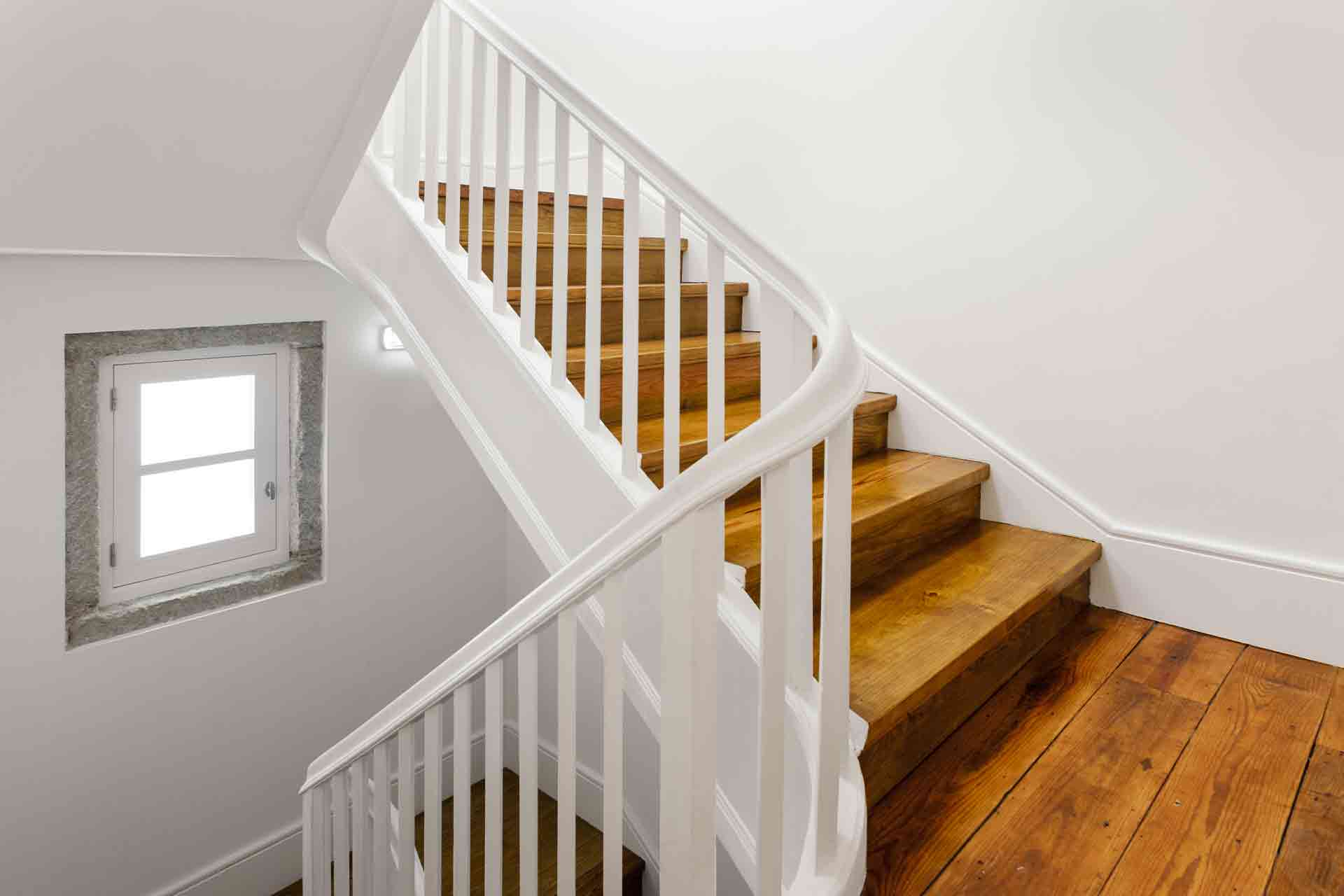
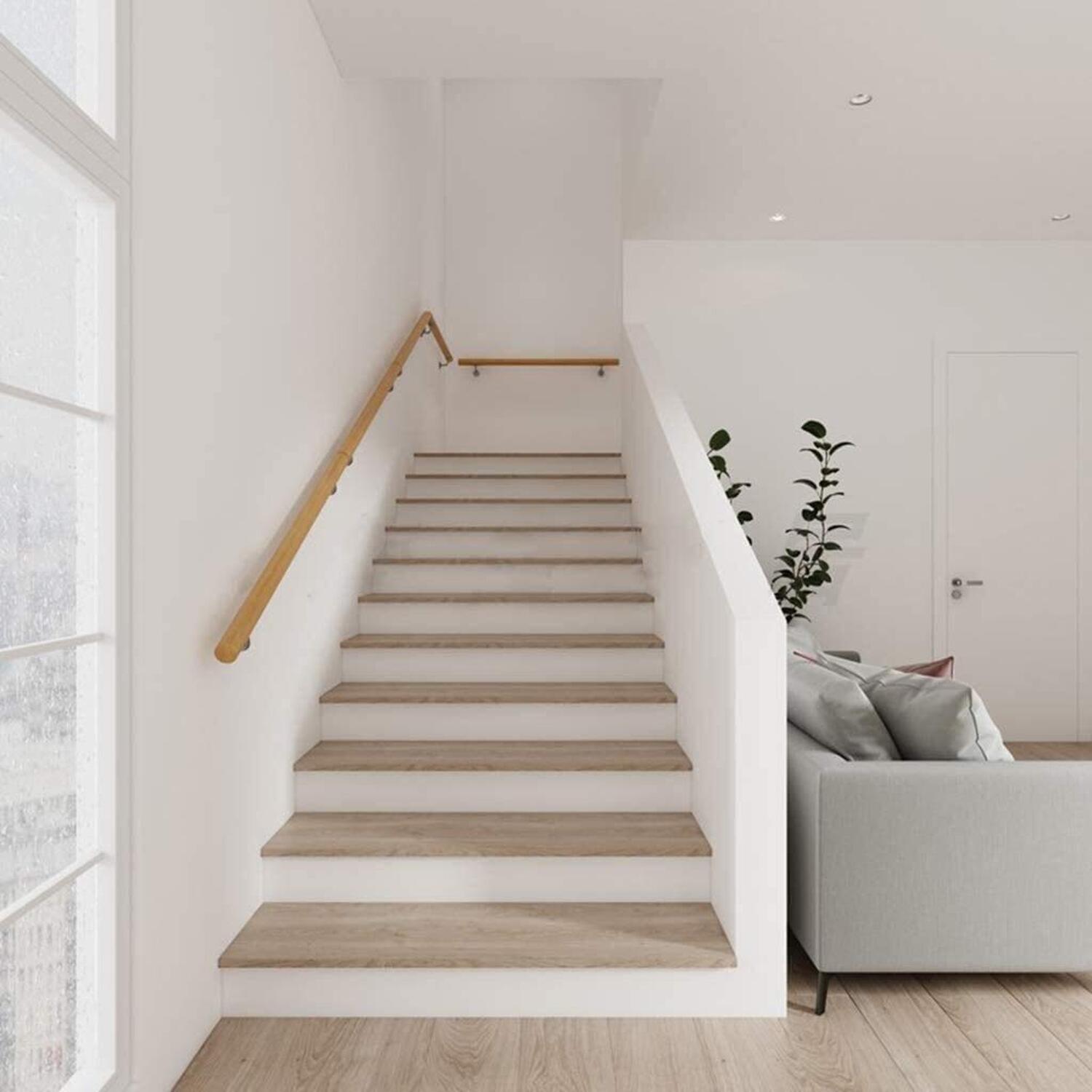

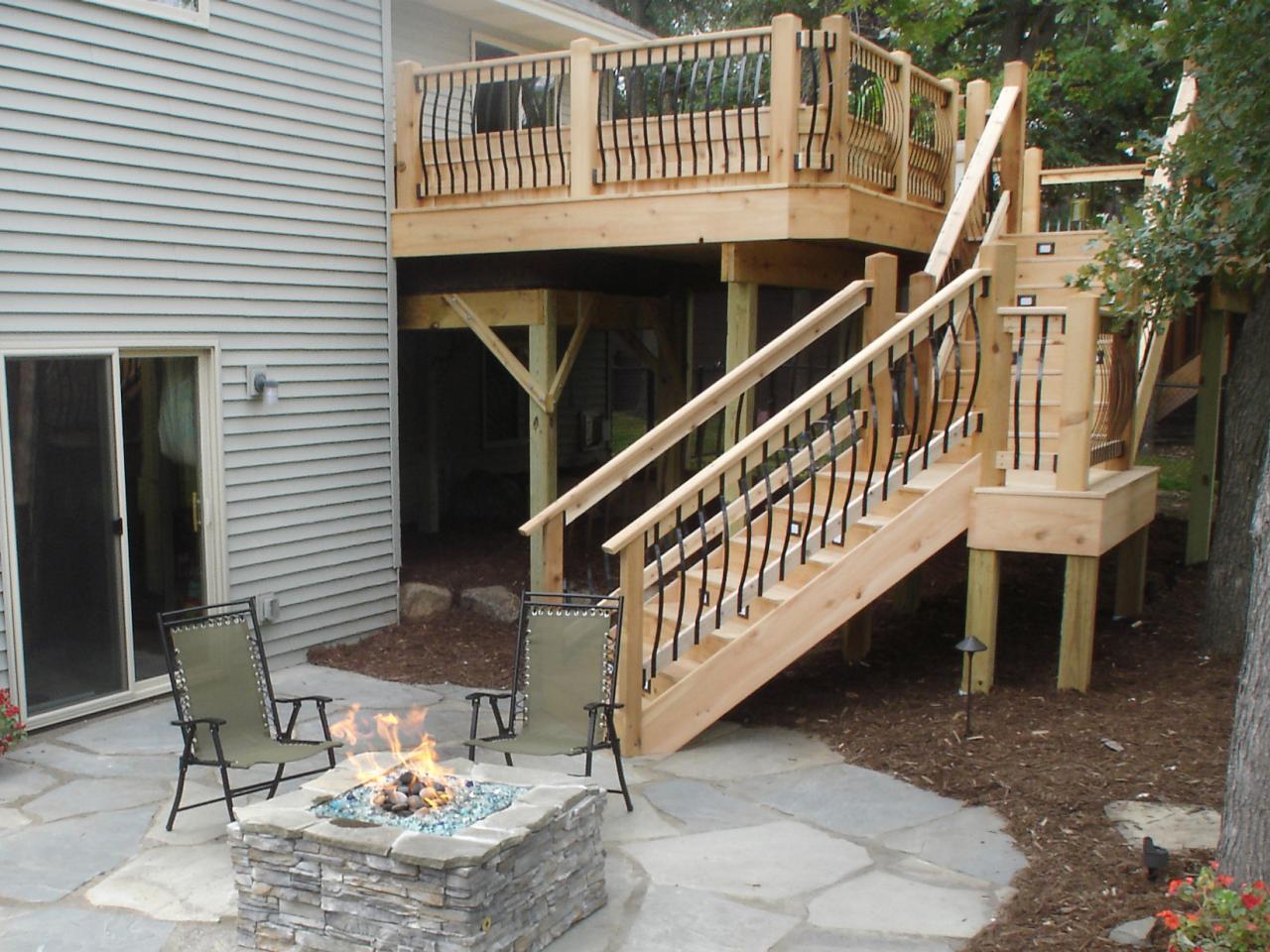
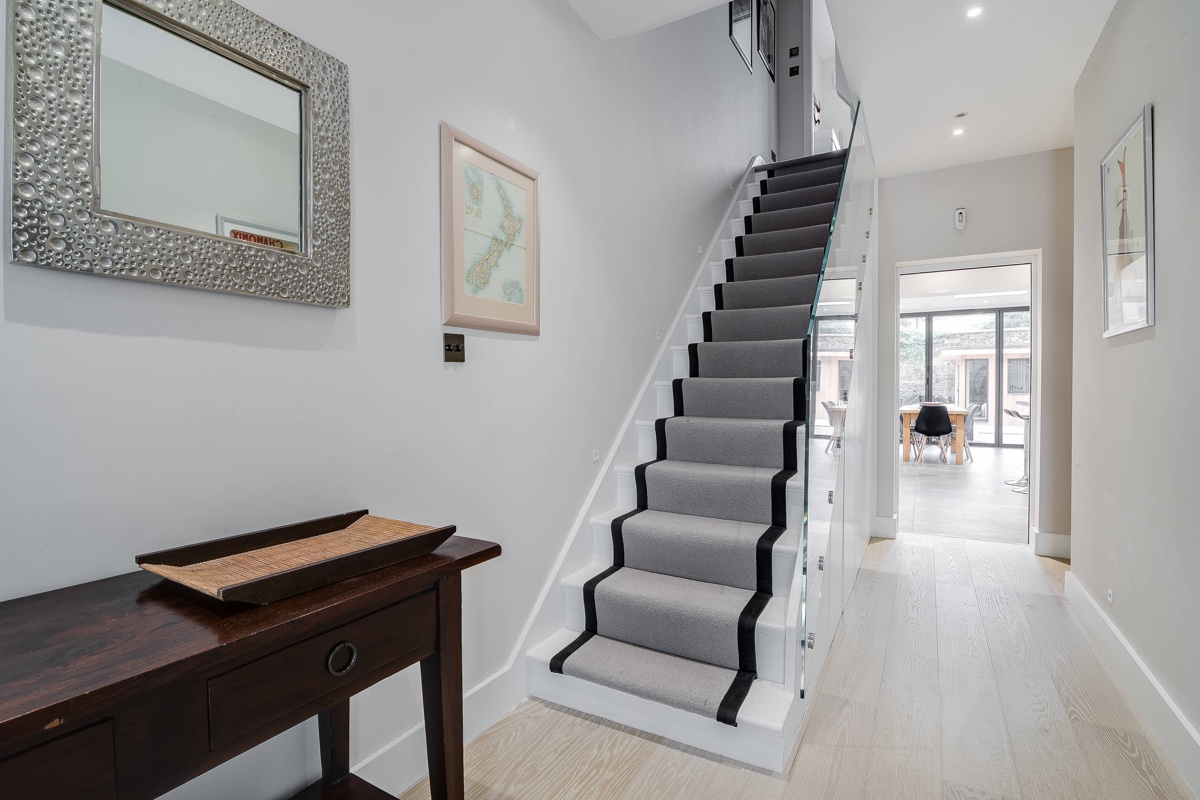


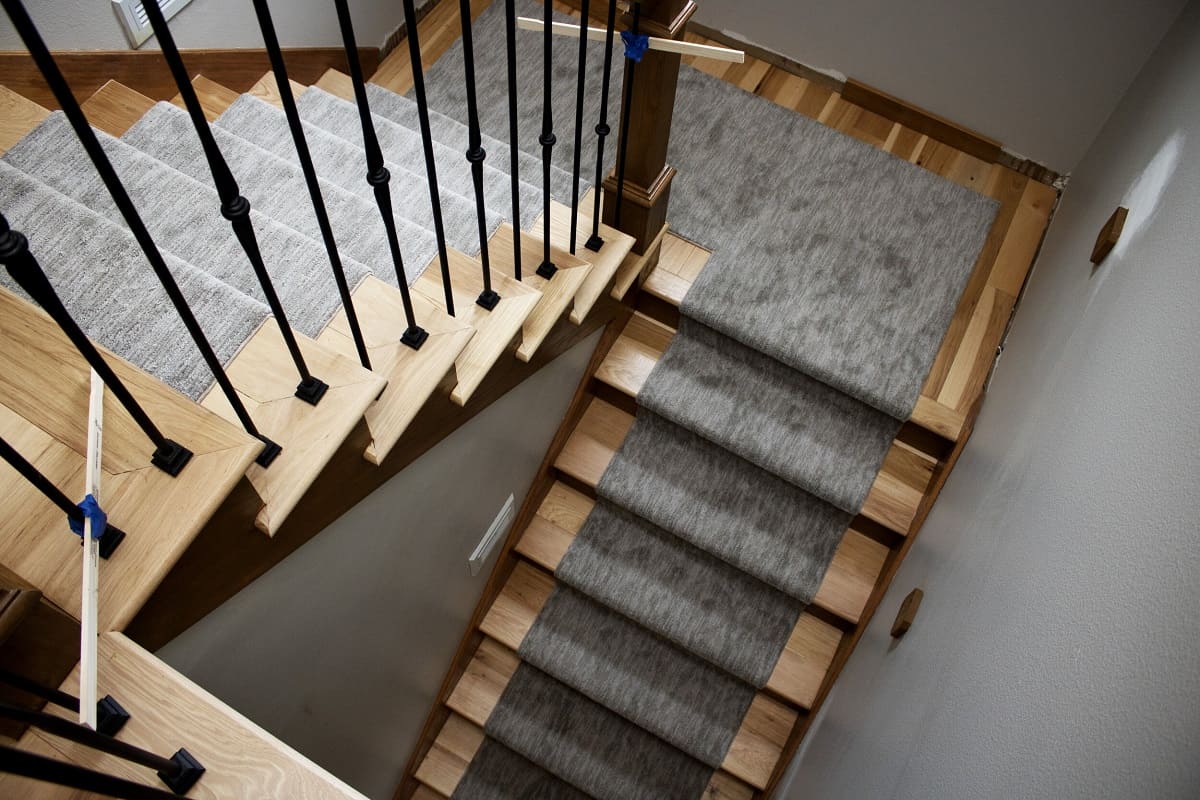

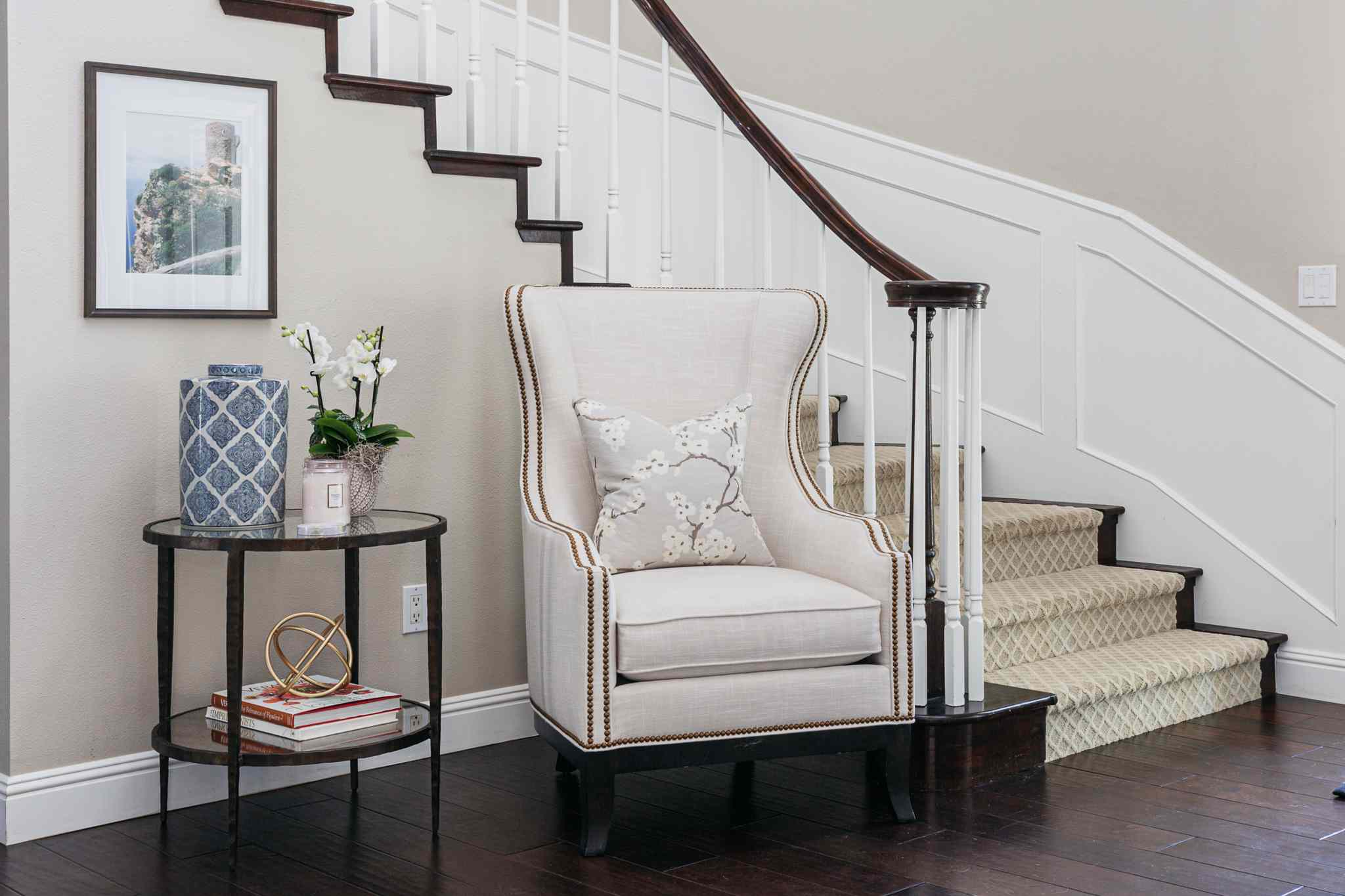
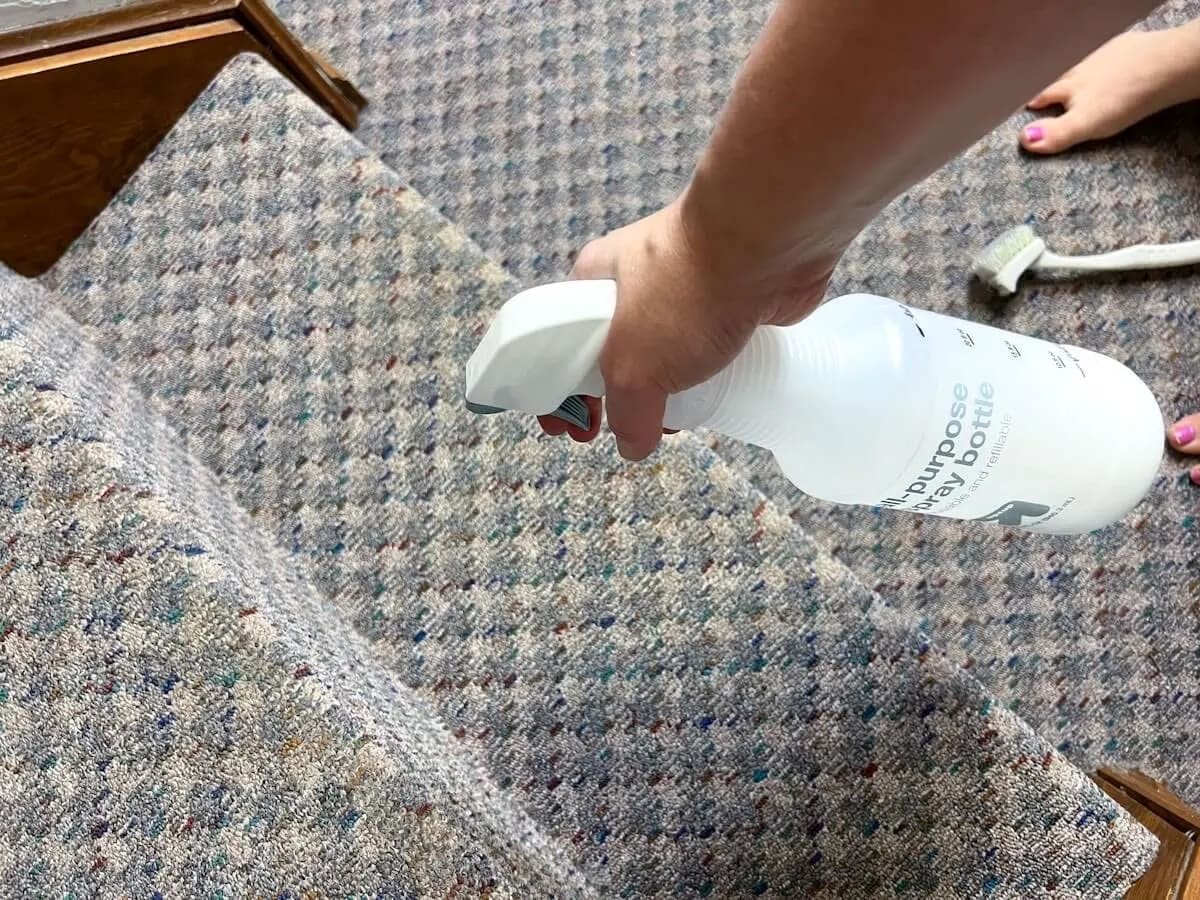
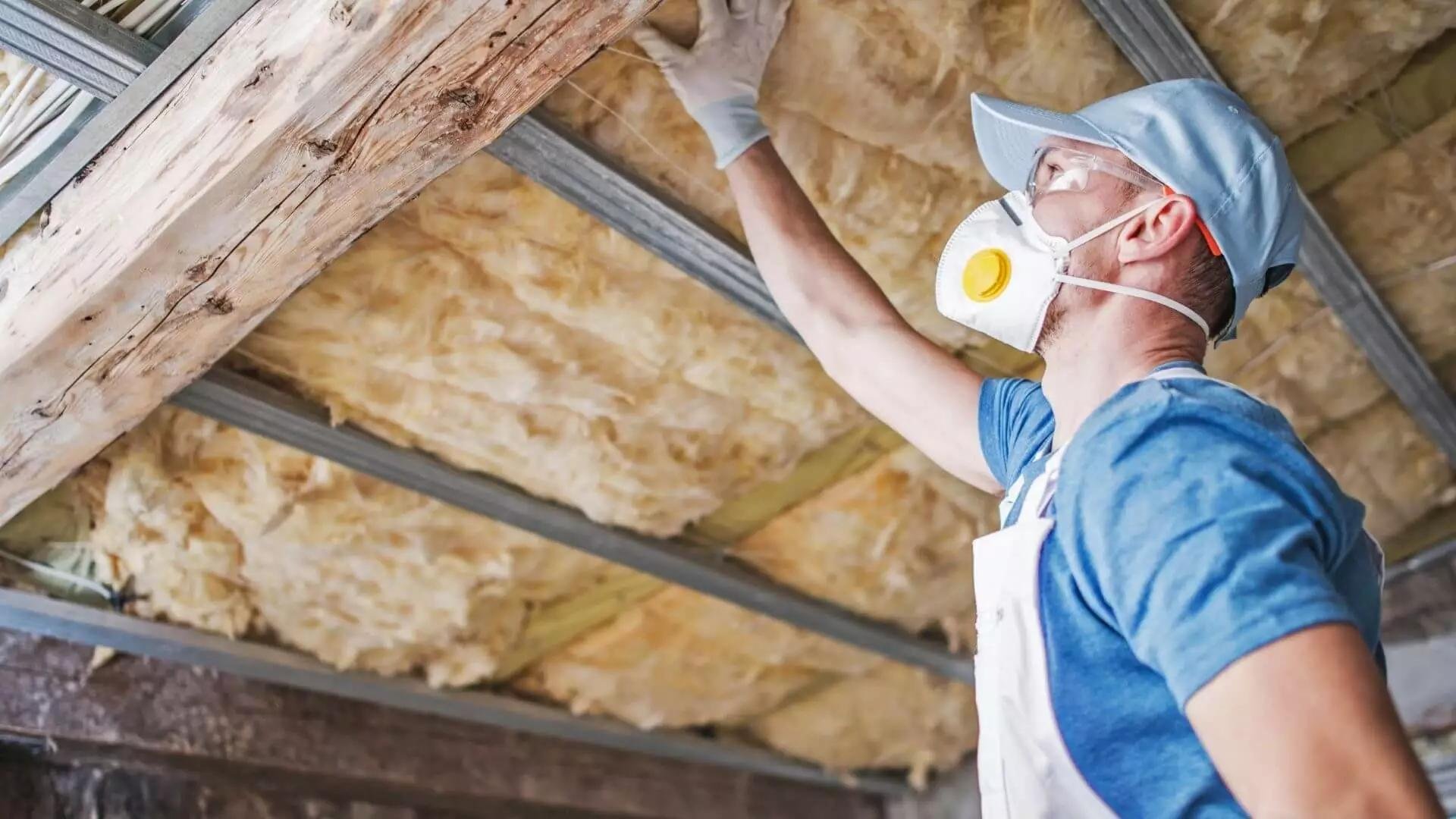


0 thoughts on “How Do Handrails On Stairs Help Keep You Safe?”